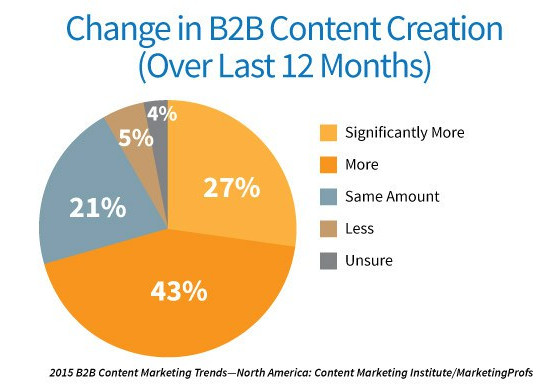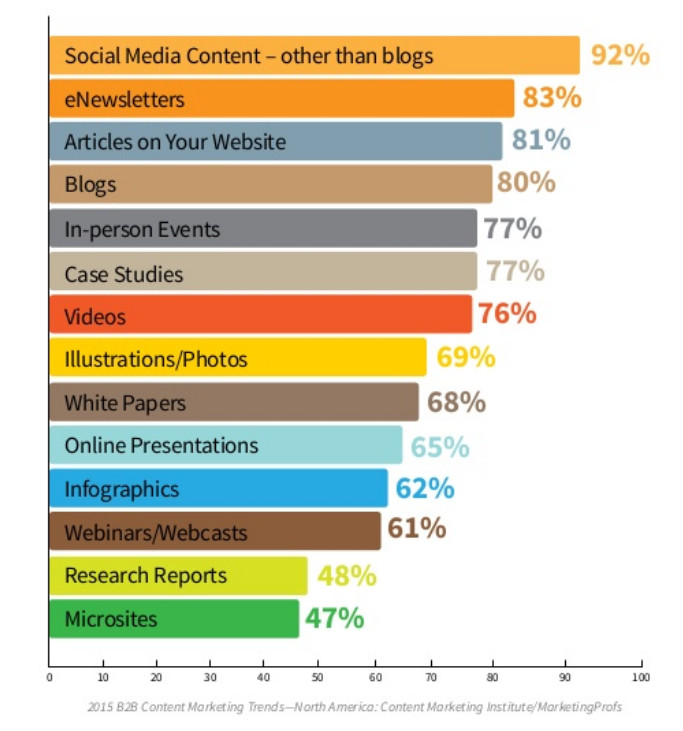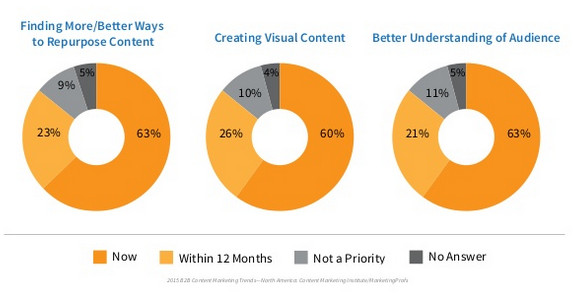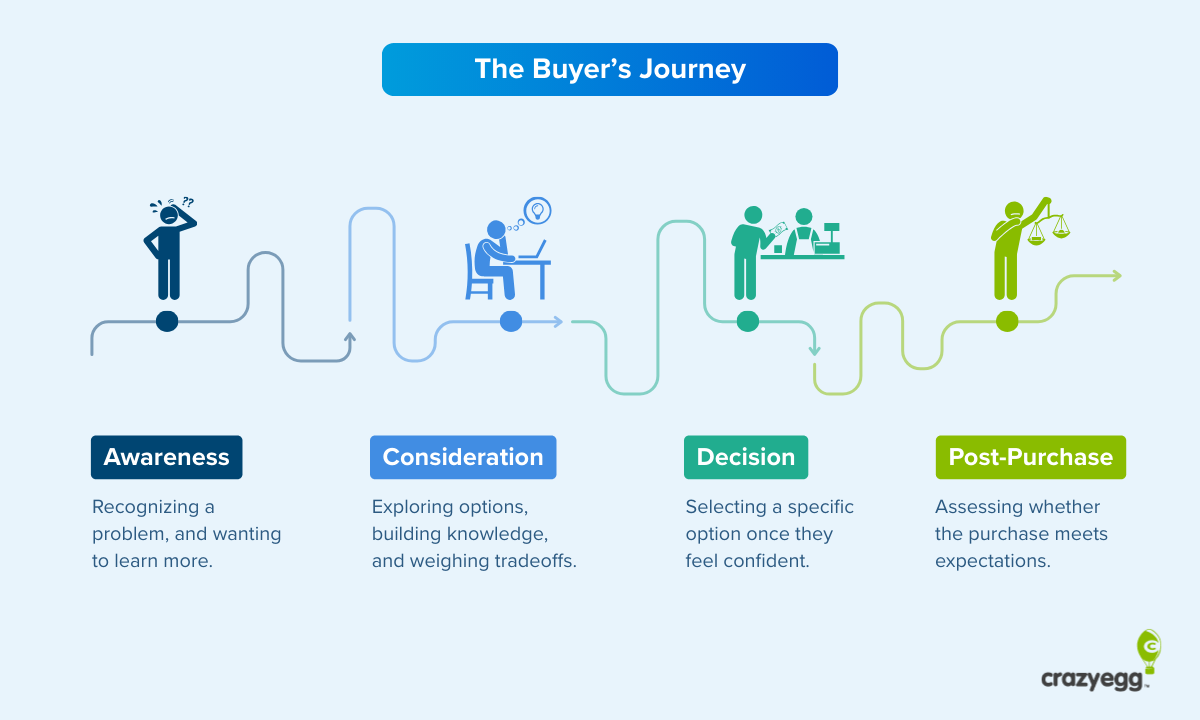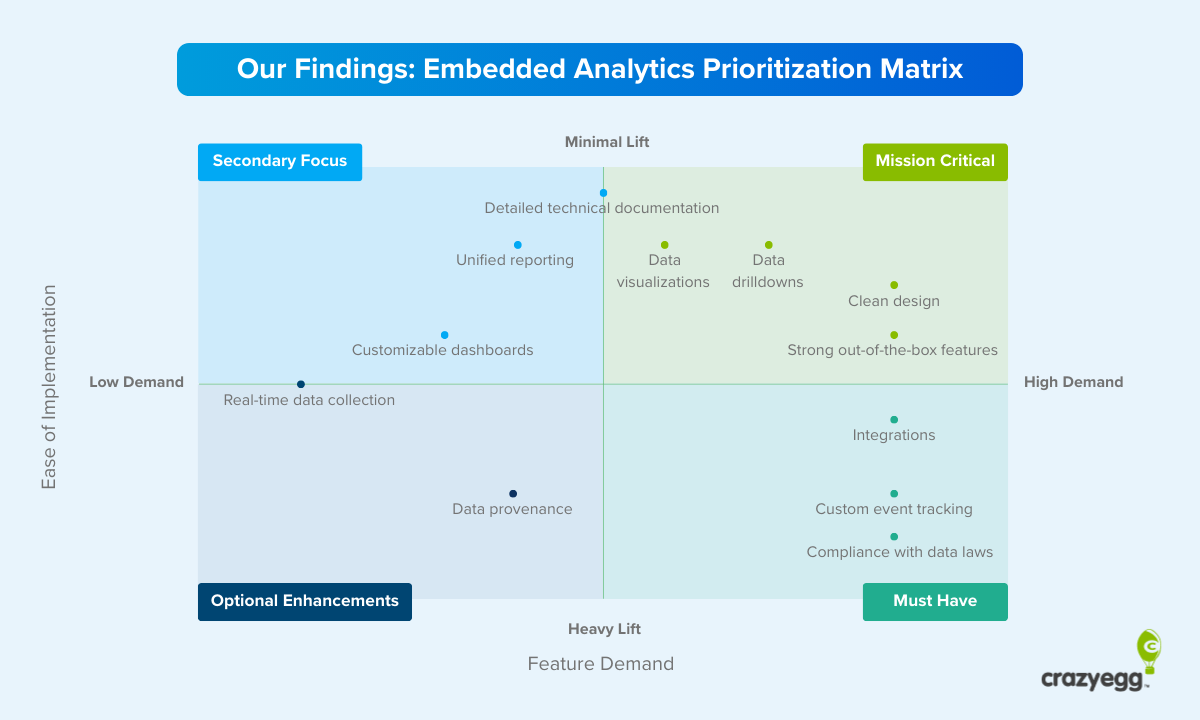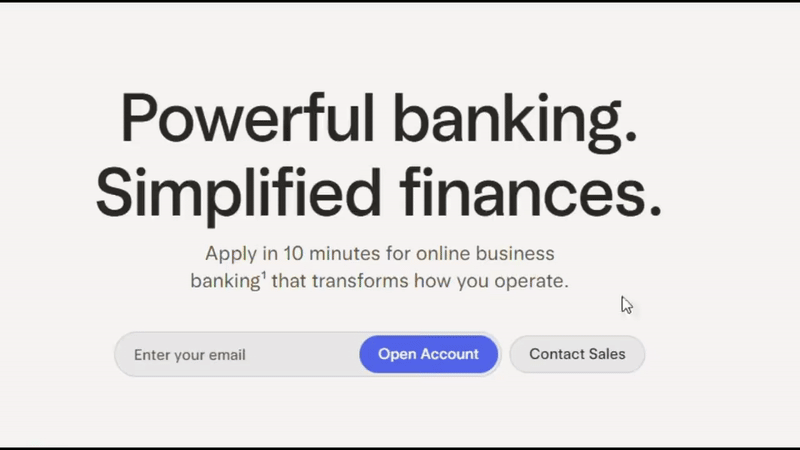So you’ve planned out your customer’s path to action.
You’ve got everything in place.
All you have to do now is flip a switch and your sales funnel will be live — effortlessly reeling in new customers, lowering your bounce rates and sending sales through the roof. Right?
Hmm, maybe not.
If you’re dealing with lackluster results from your maraketing and are looking for a way to squeeze every drop of conversion goodness out of your efforts, it’s time to optimize your sales funnel. This article should set you on the right path.
Let’s take a look at some steps you can take to start increasing conversions across the board — at the top, the middle and the bottom of the funnel.
Before we start, this post already assumes you know what a sales funnel is and have set one up in your preferred conversion tracking system (Google Analytics, etc.). You’re here because you want a simple approach for improving that funnel. So let’s start at the top.
Top of the Funnel: Traffic Generation
The top of the funnel is where your traffic is coming from. If you think there’s nothing you can do to optimize that, think again.
Of course, you need good quality content optimized for search, but where your visitors are coming from matters just as much (if not more) in the conversion game.
According to a recent study from the Content Marketing Institute, there seems to be no stopping the content production train:
That’s 70% of marketers publishing new content. But, as it turns out, only 21% of them are successful at tracking their return on investment:
The problem: Many marketers track their ROI in terms of the amount of traffic they’re getting, but that only tells part of the story. More traffic doesn’t automatically mean more conversions. You’ll need to look beyond the raw numbers to determine just how many people are engaging with your content to begin with.
[tweet_box design=”box_01″]Expecting a sale from a new prospect is like proposing marriage on the first date.[/tweet_box]
The solution: Look at where your traffic is coming from. Concentrate on areas most conducive to driving conversions. What kind of content seems to resonate best with them?
Don’t spread yourself too thin trying to create content that appeals to everyone and ends up being yet another bland, uninspiring piece relegated to the catacombs of the blog archives.
Measure engagement by other means, such as comments, shares, time on site and number of pages visited. This demonstrates that your content is being found and being read.
Take a look at your core traffic focus areas. According to the Content Marketing Institute study, the majority of B2B marketers are getting their traffic from social media, with newsletters, blogs, articles and events not far behind.
Are you focusing too much on one content area while neglecting others?
Of course, once you get them through the top of the funnel, the work still isn’t complete. Those that are interested will move forward into the second stage, the actual conversion process.
Middle of the Funnel: The Conversion
This is where the real work begins. You’ve got their attention. Now you have to keep it.
Creating content isn’t so much of an issue at this point. It’s making the content engaging that marketers struggle with.
As you can see, finding out what that content is and how it drives conversion are two things that the vast majority of marketers struggle with.
Many marketers struggle to understand what makes content engaging and high quality
But you’re not going to be one of them.
The problem: An abundance of content that gets read and shared but doesn’t convert. By conversion, we mean subscriptions, downloads, orders or whatever you’ve set as your conversion goal.
The solution: There are several reasons people choose not to take action at that very moment, most of which can be distilled into three main points:
- They don’t need it right now
- They don’t have the money for it right now
- They don’t trust you at the moment
Even the best-laid conversion path will fall flat on its face without the right kinds of guideposts leading the way.
Things like addressing what happens after the customer acts, how soon they can expect their first correspondence from you (confirmation, newsletter, coupon, etc.), how many of your item are left at that price (nothing kills a sale like fake urgency), and so on.
Ask yourself:
- How can I convey the urgency of my offer to make people act immediately? This doesn’t always necessarily have to be a discount. It could be limited inventory, a limited number of seats at X price, an exclusive offer only to your social media followers, etc.
- How can I encourage trust? Can I use third party reviews? Testimonials? A convincing and honest guarantee? A comparison between your product and that of a competitor?
If customers are bailing out of your funnel at the checkout process, they may have convinced themselves that the item(s) is too expensive or not worth the money.
How can you communicate the value in what you’re offering in a way that your readers will understand and appreciate? Don’t think about what constitutes value to you. Think about what constitutes value to them.
[tweet_box design=”default”]In marketing, value is in the eye of the beholder. #biztip from @CrazyEgg[/tweet_box]
And on that note, the last thing you want to do is show them the price up front without letting the value sink in. Many people make snap judgments based on price alone. Those people aren’t your target market.
End of the Funnel: The Acquisition
Once you get a customer through the funnel, it may seem like you can slap up a “Thank You” page and call it a day — but this is the most crucial part of the funnel. Just because they converted doesn’t mean you can keep them.
The problem: Prospects convert, but other after-conversion metrics, like returning visitors, additional orders and email click through rates, are down.
The solution: This is where you continue to support your other sales funnel efforts by delivering relevant news, case studies and suggestions that reinforce what a great deal or decision the customer made. This is also where you can (gently) introduce the kinds of follow-up efforts that are tightly woven to the customer’s choices with your business so far.
It’s far too easy to let nurturing and relationship building fall to the side in favor of more leads and more traffic. But today’s customers crave personalization, support and rapport with brands, and actively seek them out to integrate them into their lifestyles. Don’t discount their loyalty!
The Bottom Line: Optimize Your Sales Funnel
At the end of the day, it pays to remember that even with the most well-oiled sales funnel, some prospects are going to slip through the cracks. As you continue testing and measuring, remember that conversion rates are only a number — another goal metric in the grand scheme of learning exactly what your customers want and giving it to them.
Your conversion rates may very well go down, but your revenues may go up. That’s not a funnel failure!
And finally, resist the urge to reach some “ideal conversion rate.” There’s no typical number to hit, even for businesses in the same industry. Average order size, volume, value and other issues can throw off even the most solid baseline numbers.
Your ideal conversion rate is the one where your sales funnel brings you more sales, greater customer loyalty and repeat visitors. Those are the metrics (and results!) that any business can get behind.
What are some of the key points you look at to determine if your sales funnel is converting? What metrics are the most important to you? Share your thoughts in the comments below!
Read other Crazy Egg articles by Sherice Jacob.



